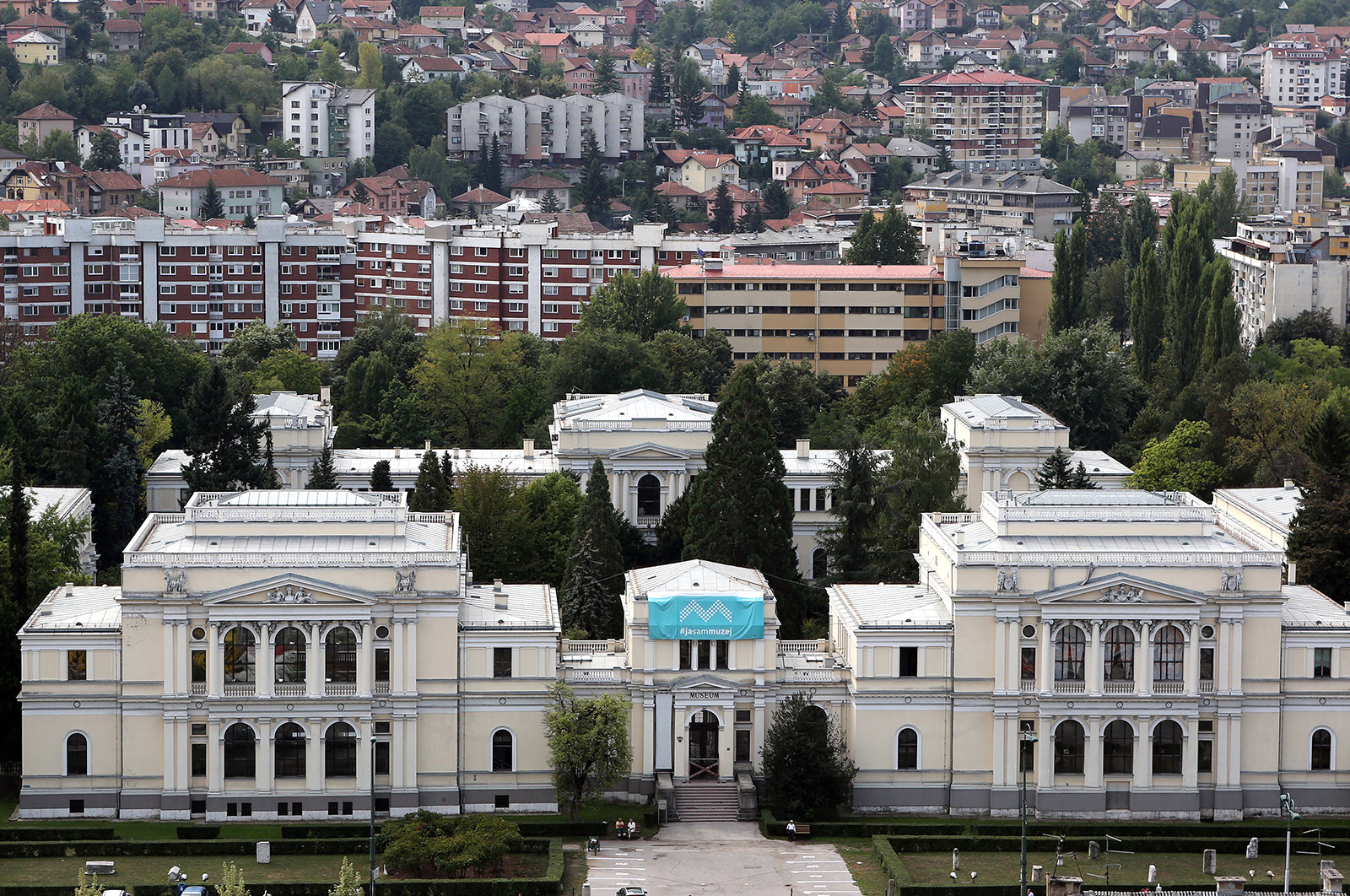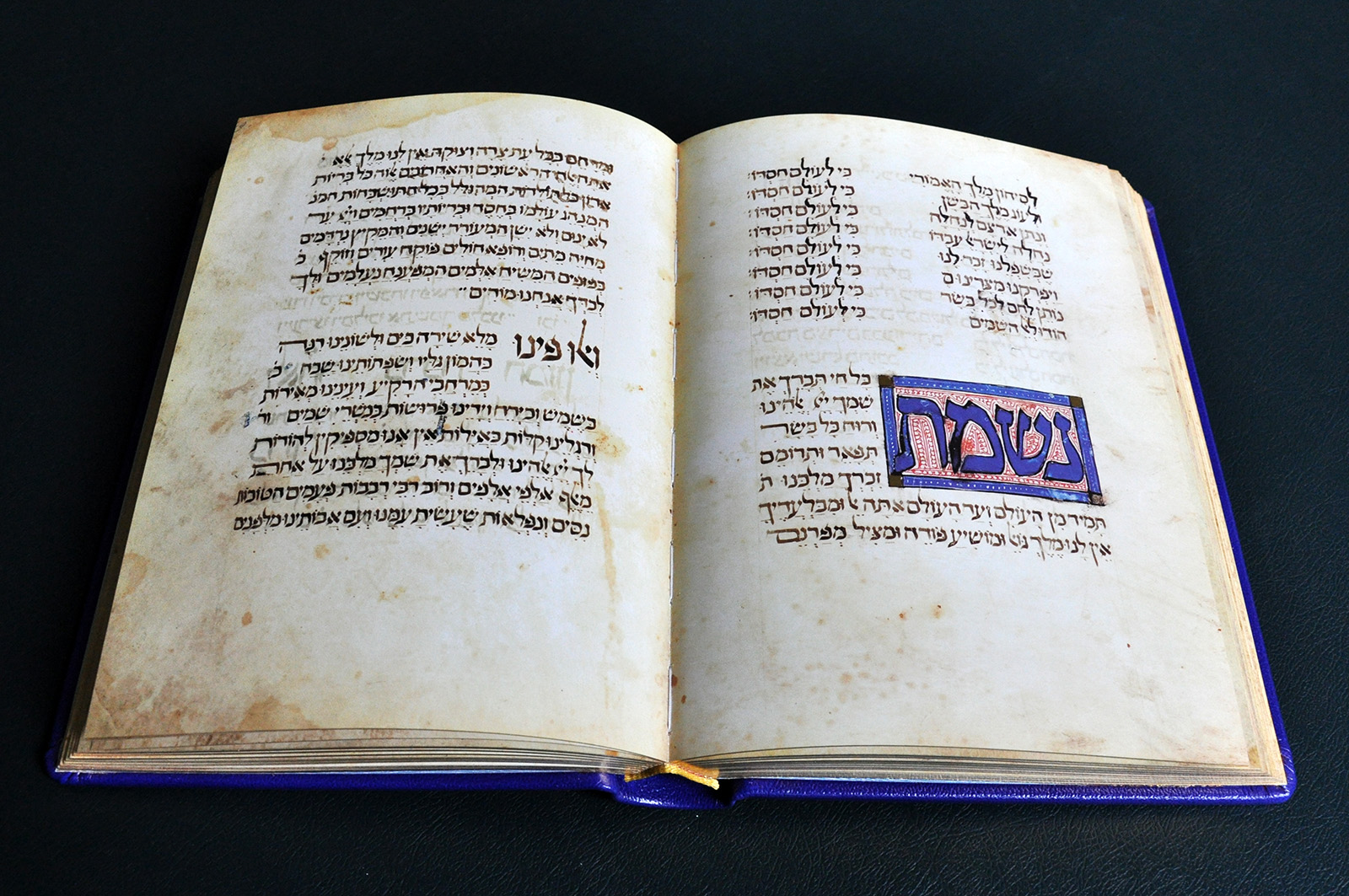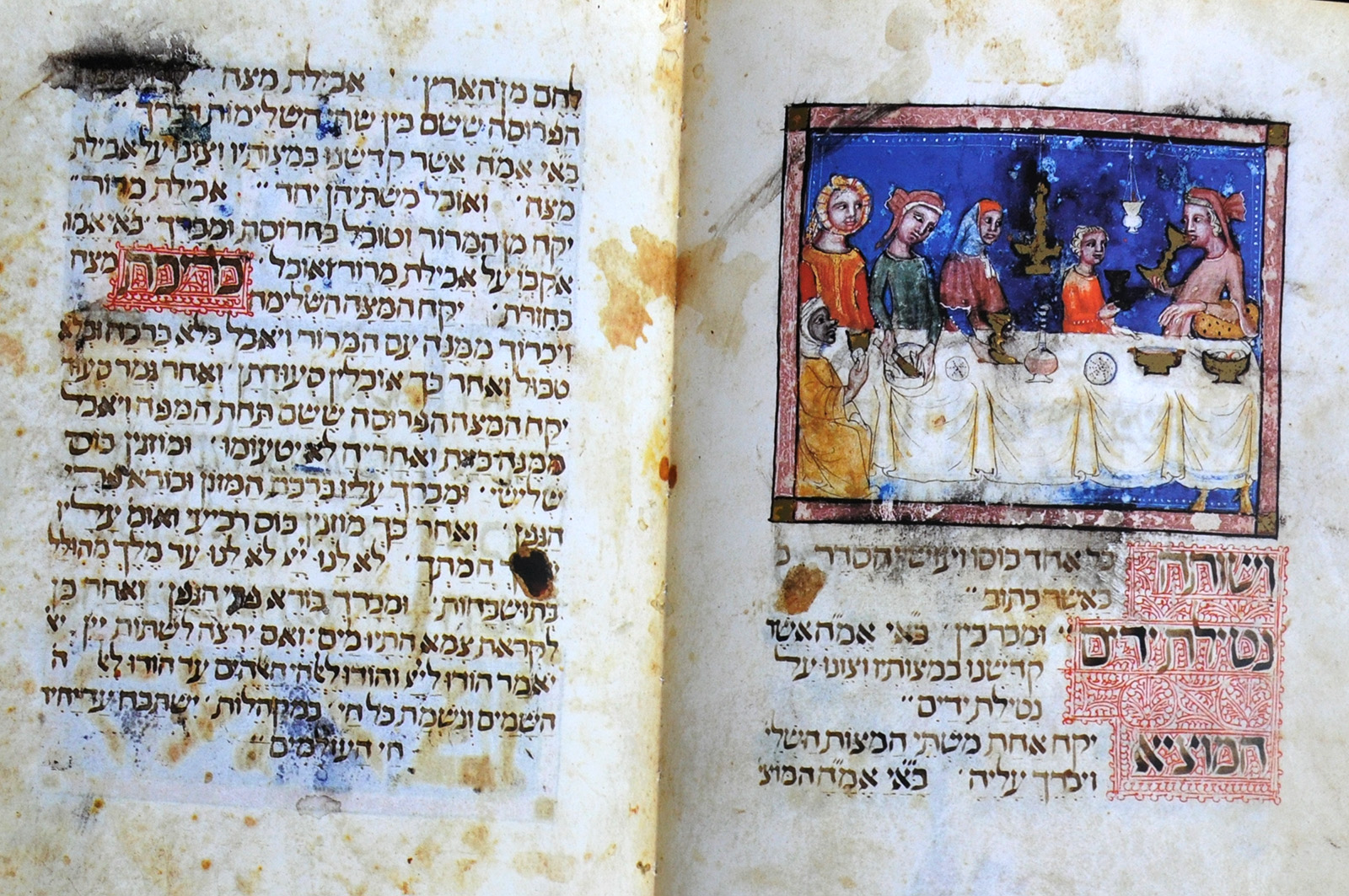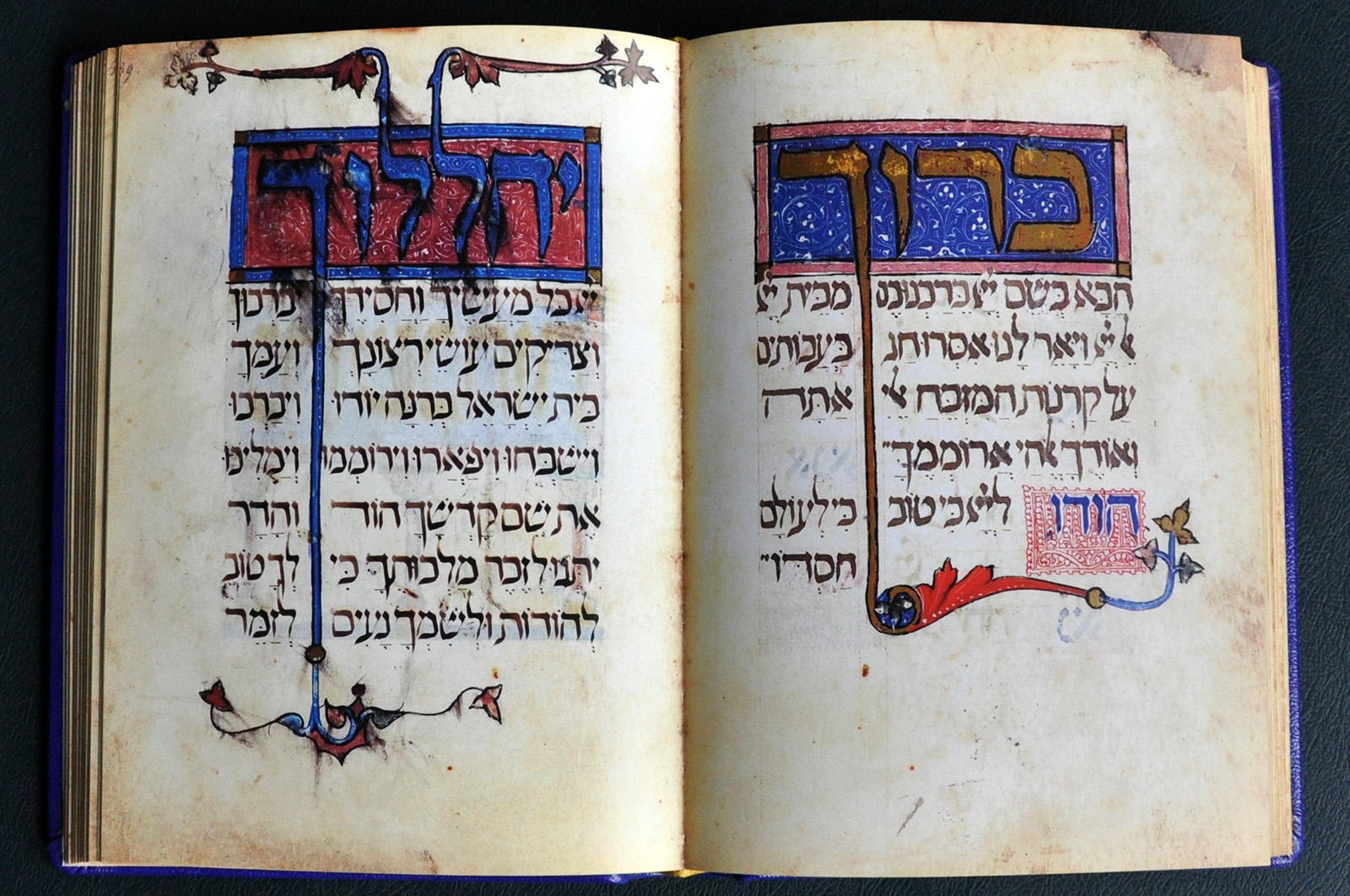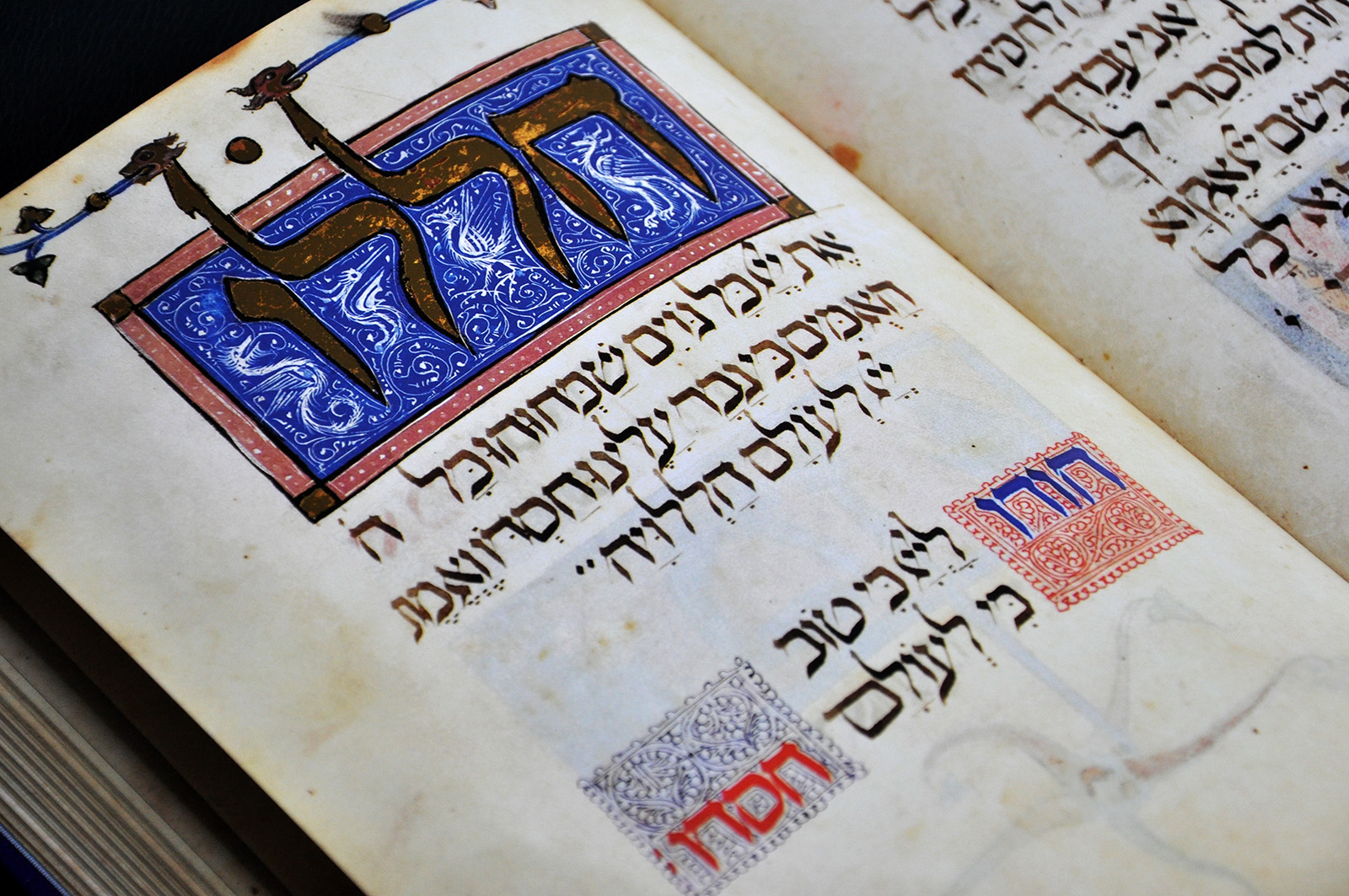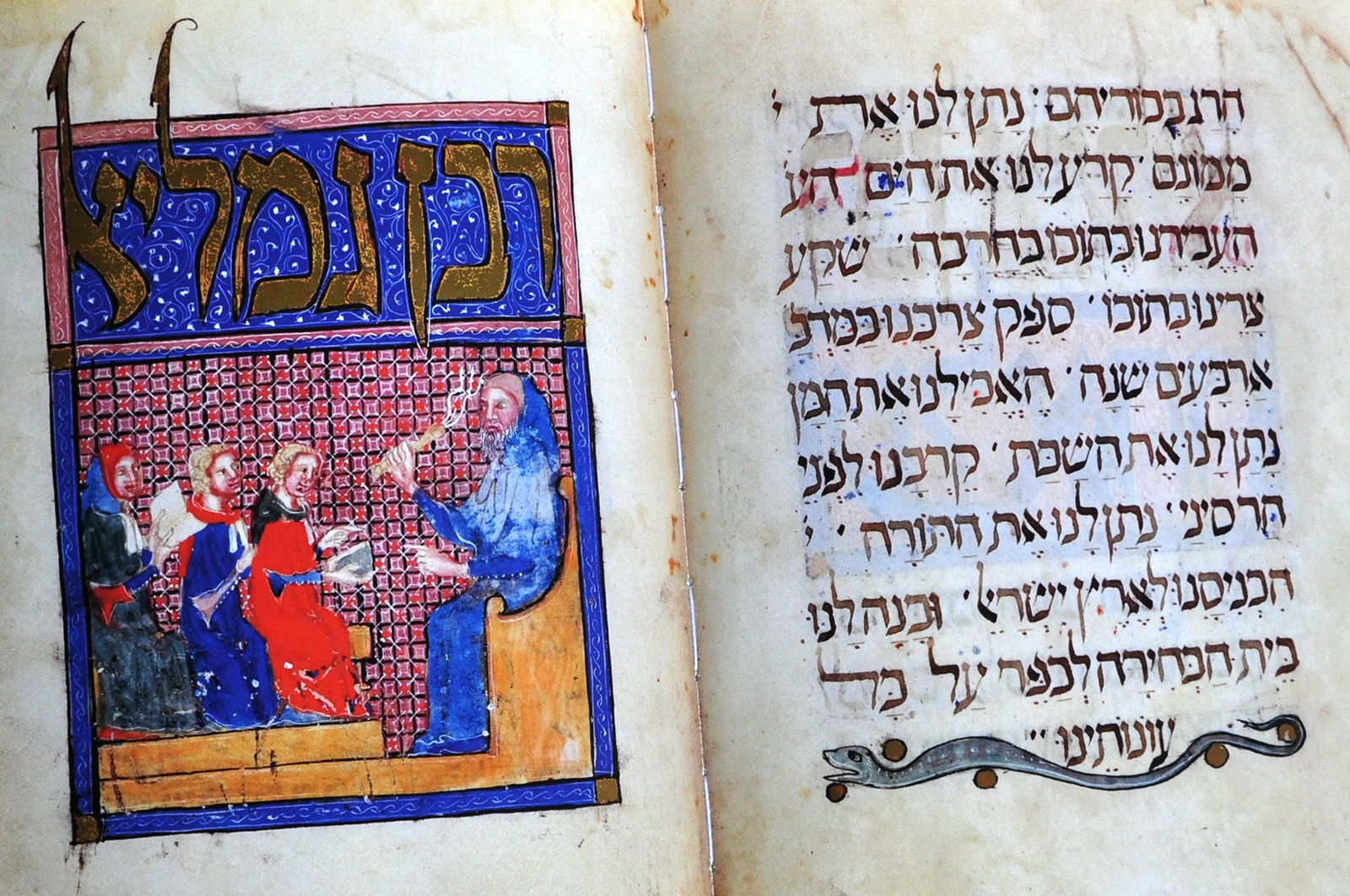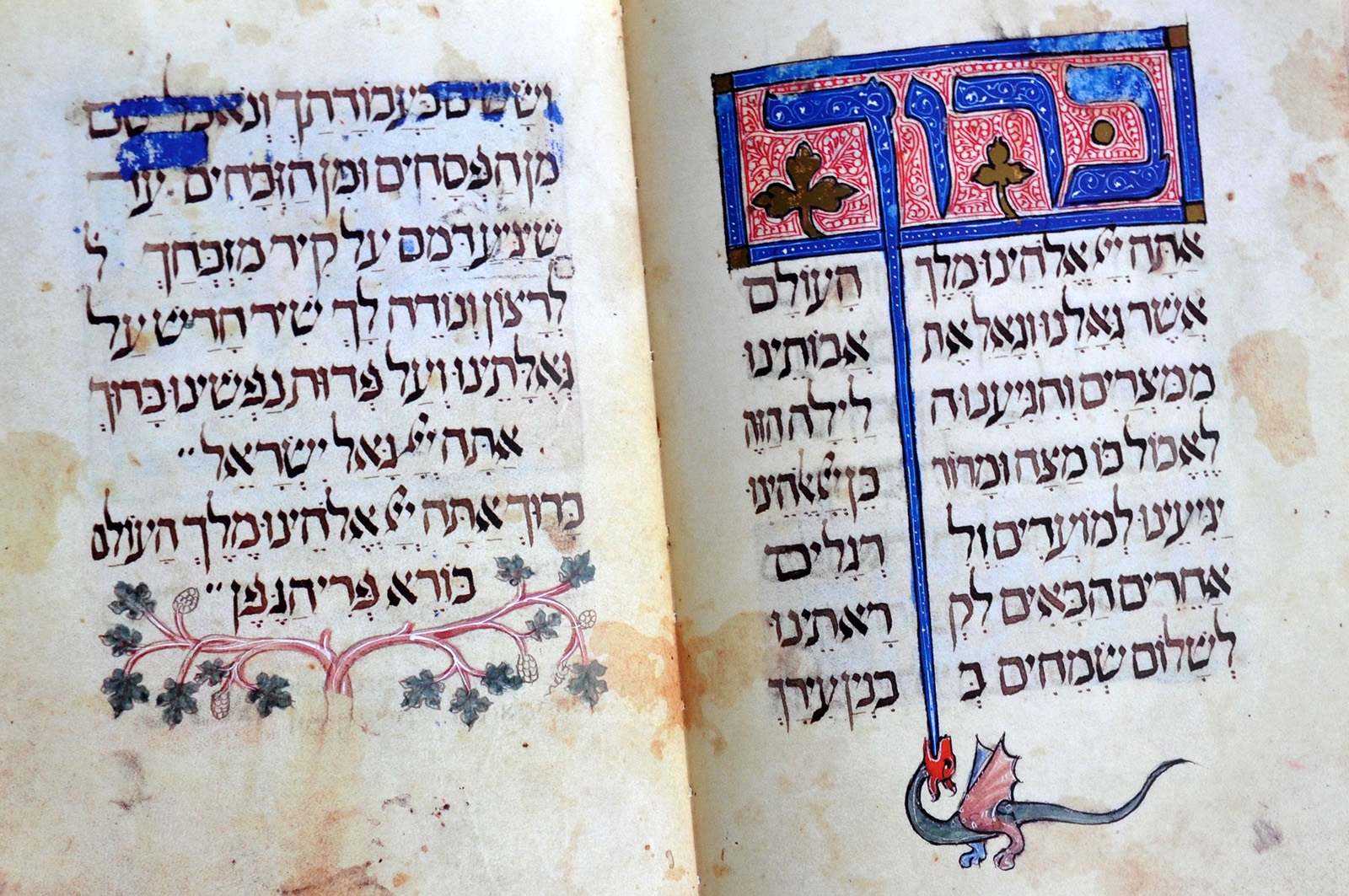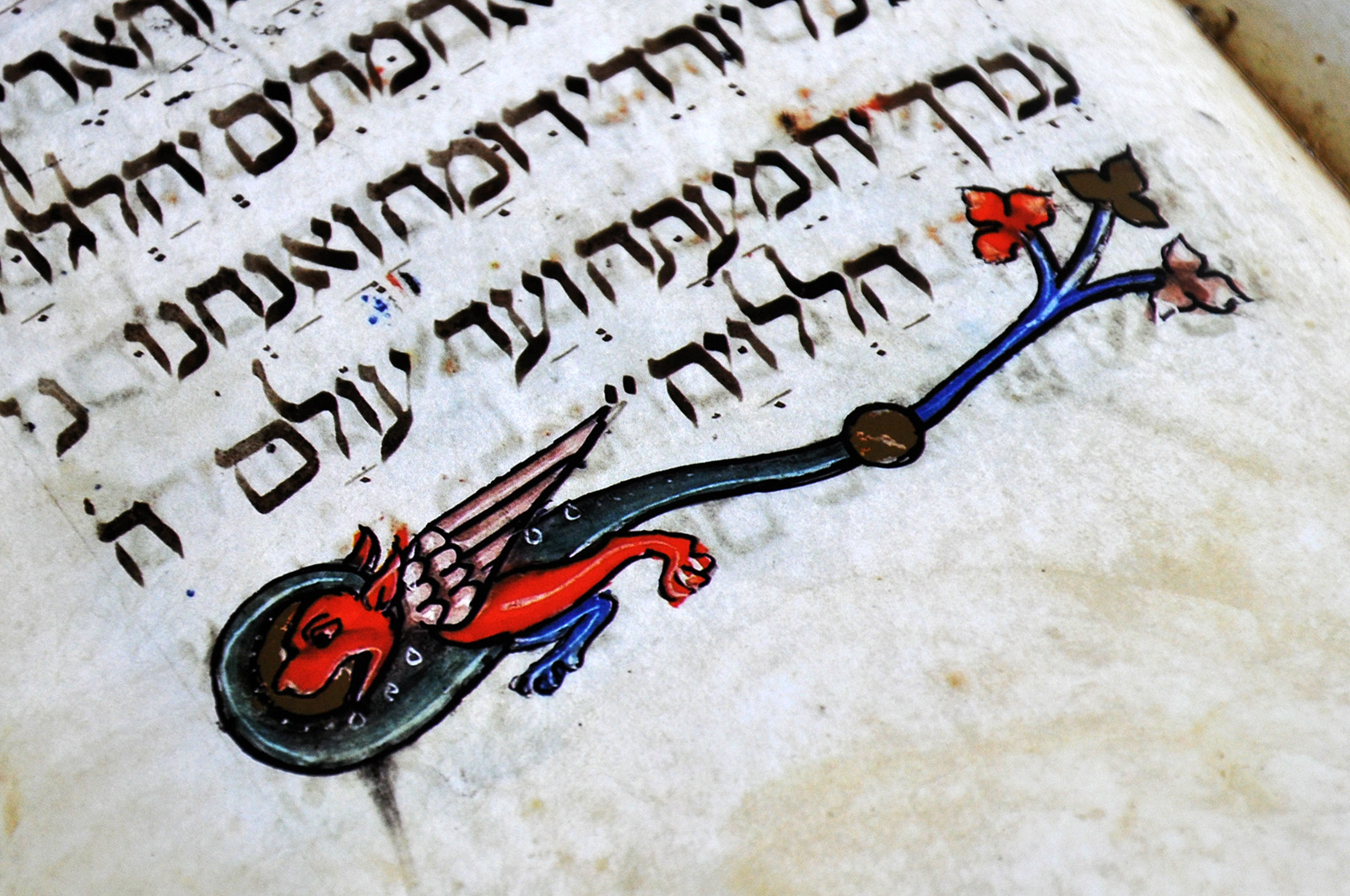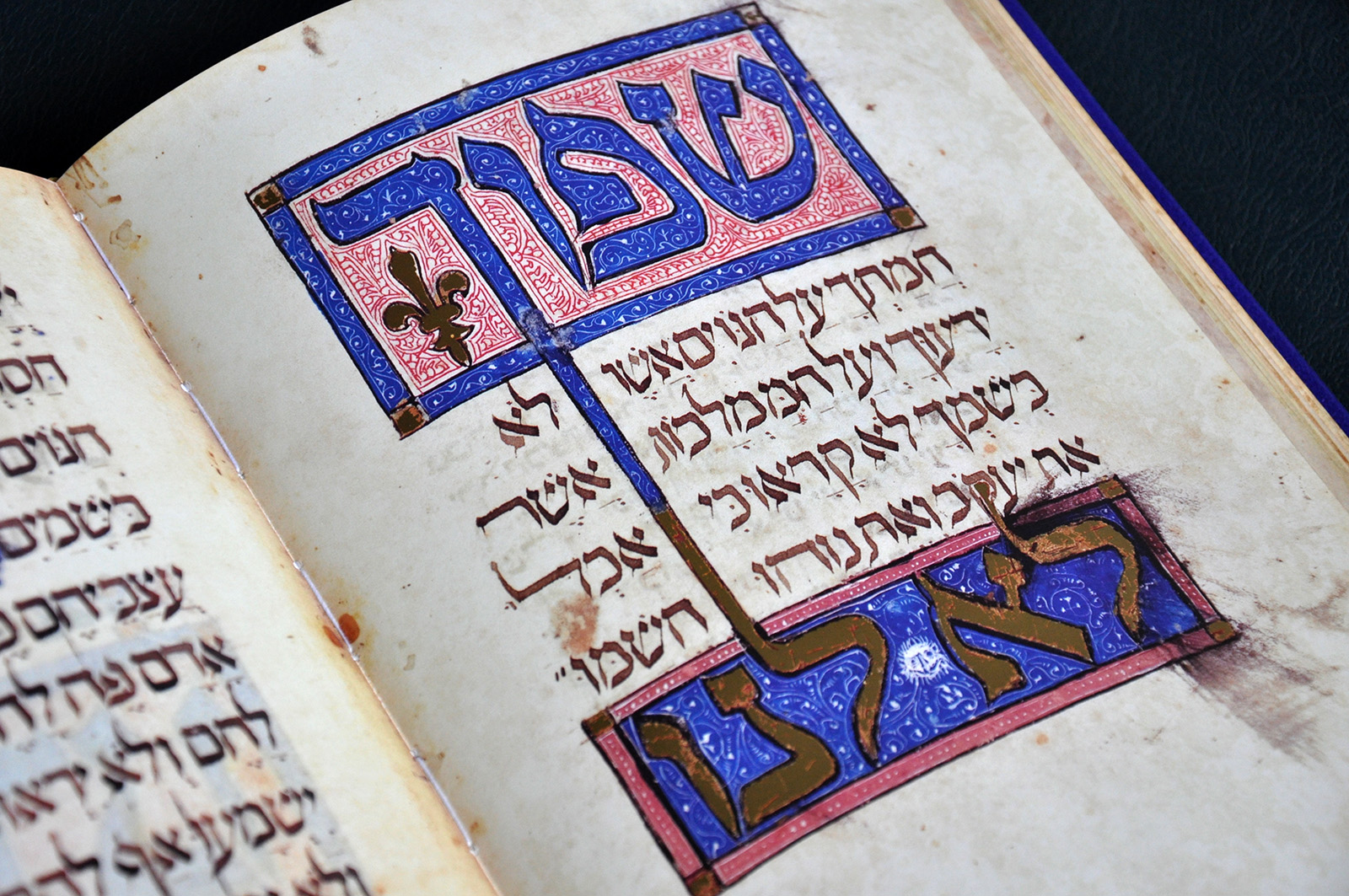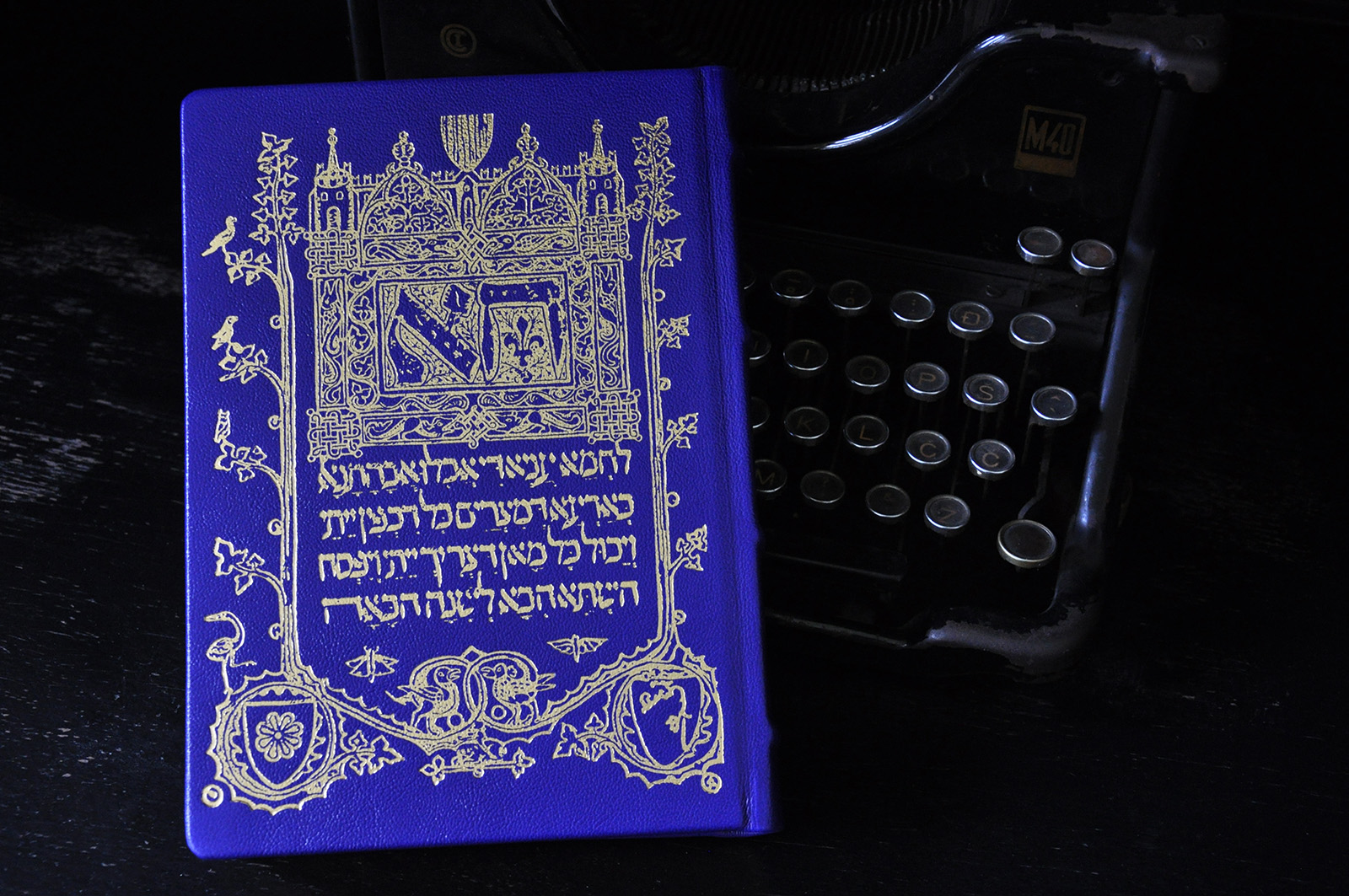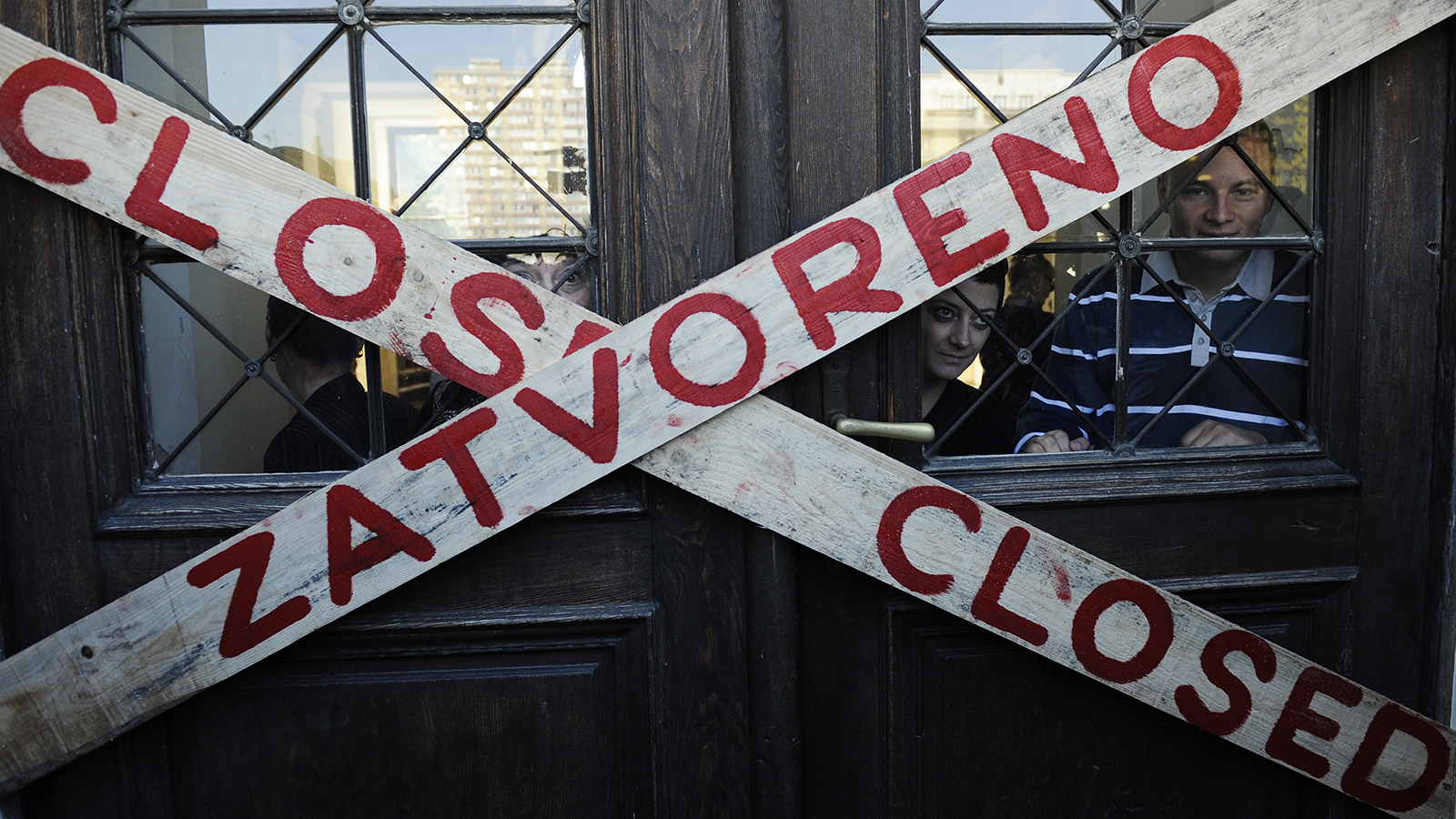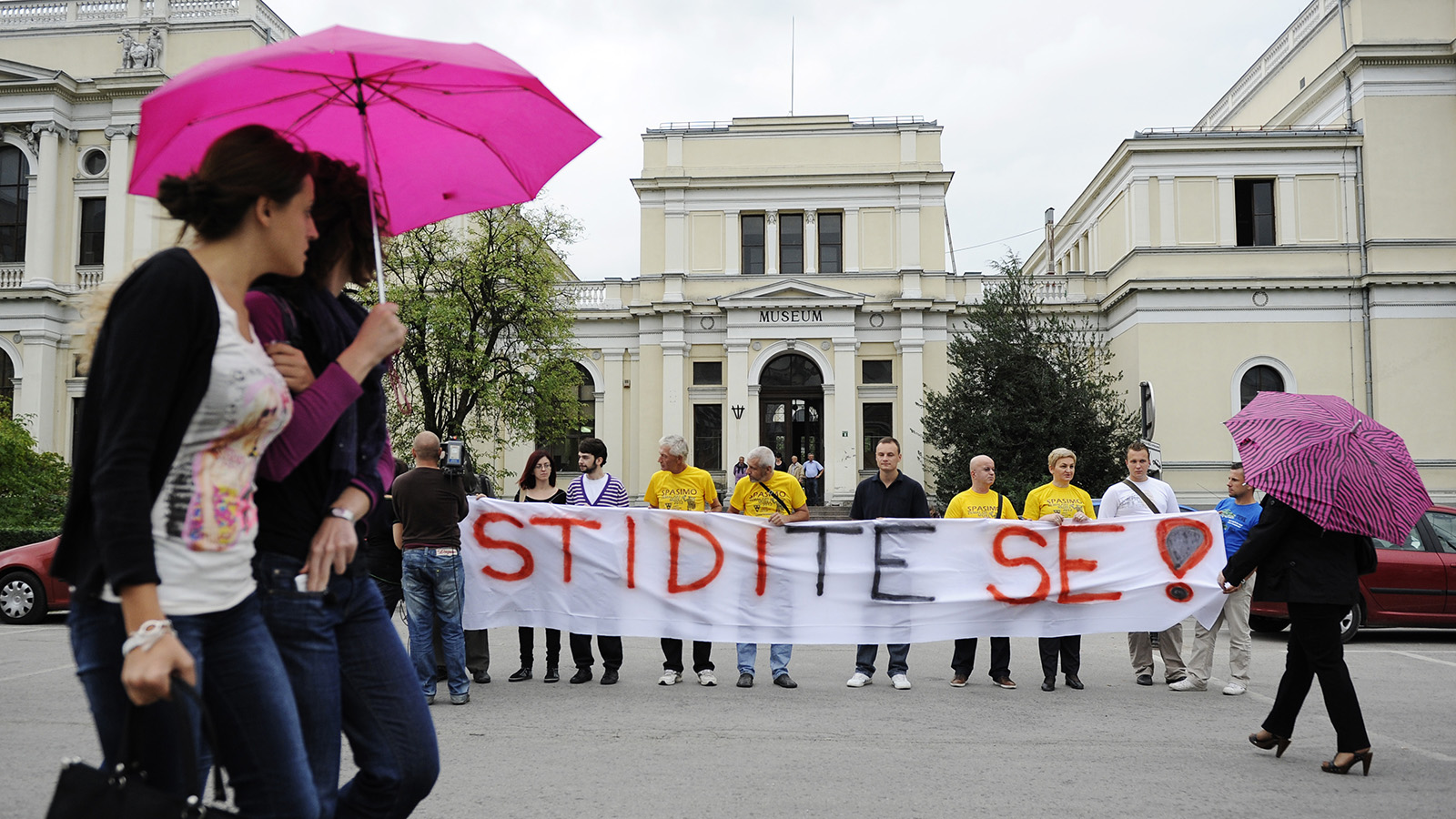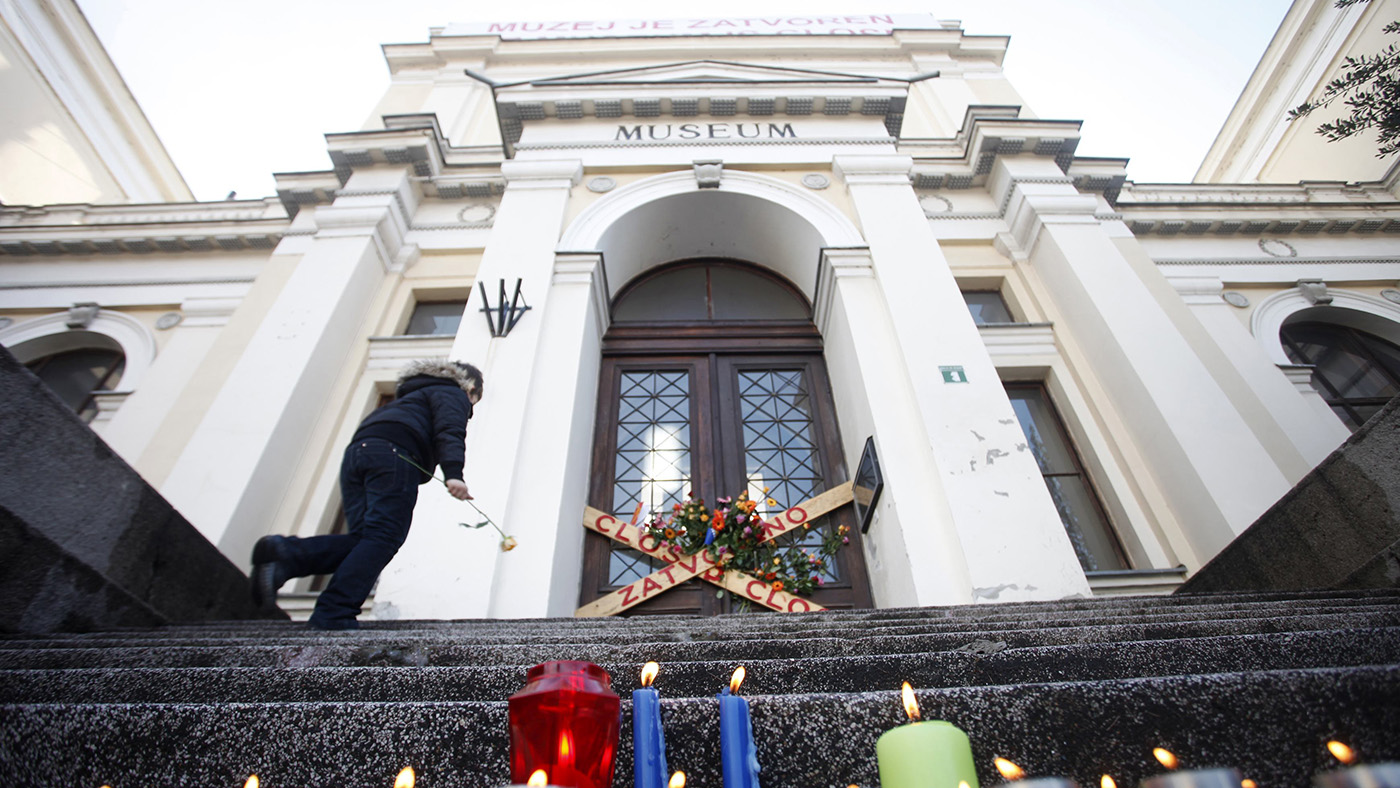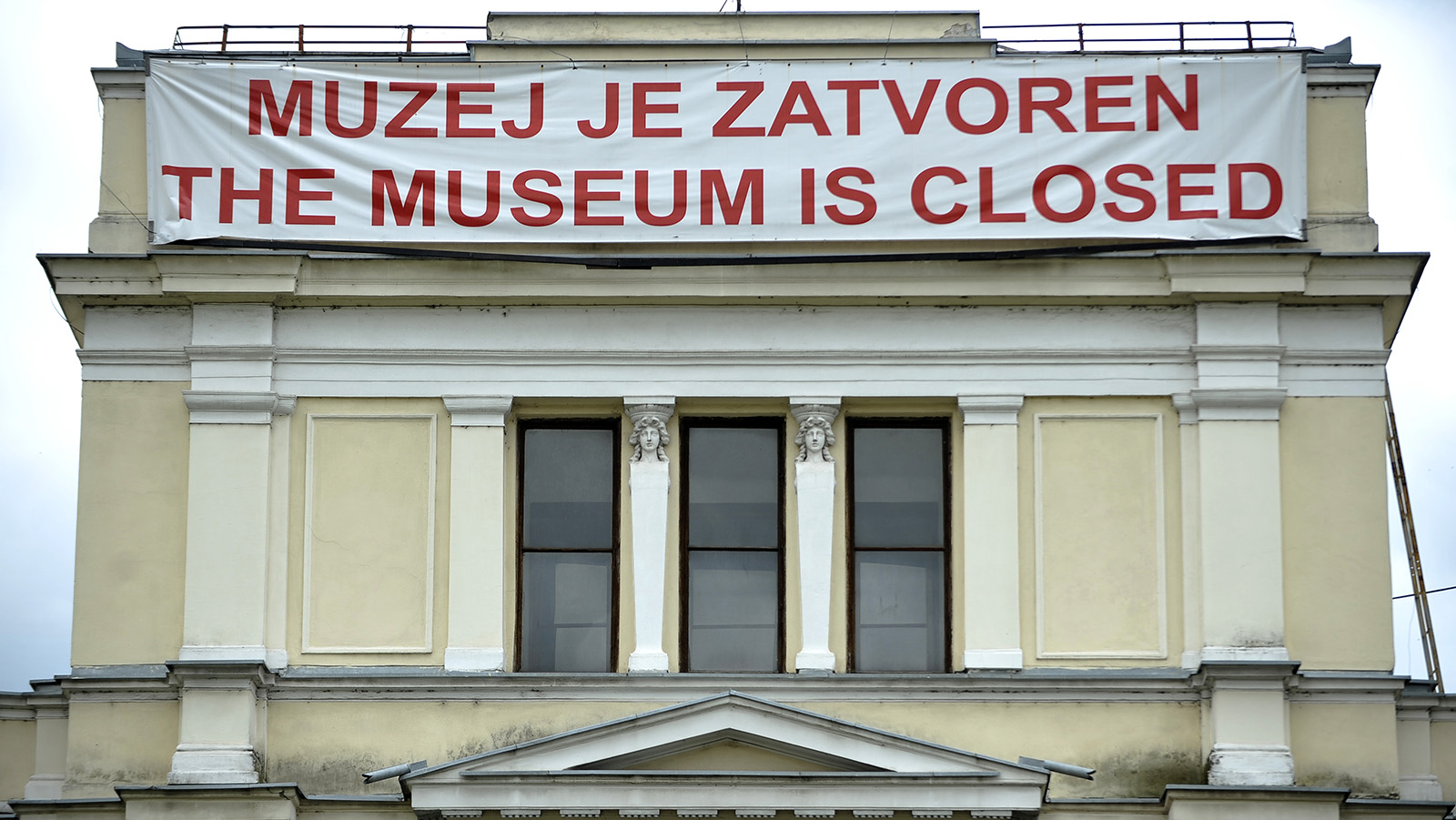The most precious artifact of Bosnia-Herzegovina's National Museum in Sarajevo is not currently on display.
The home of the Sarajevo Haggadah is undergoing renovation, featuring a new alarm system and state-of-the-art climate-control equipment. When the display opens, it will be a fitting setting for one of the most important symbols of Sarajevo's centuries-old identity as a tolerant, multiethnic community.
The origins of the Sarajevo Haggadah are shrouded in mystery. It is an exquisitely illuminated 14th-century codex, most probably smuggled out of Spain by Sephardic Jews following their expulsion in 1492.
Like other books of its kind, it is a collection of religious rules and traditions used during the seder at Passover, the holiday celebrating the Israelites' deliverance from Egyptian slavery. It is known to have spent time in northern Italy in the 16th and 17th centuries, where it apparently escaped the attention of the Inquisition. It did not resurface again until 1894, when it was sold to the National Museum in Sarajevo by Joseph Koen, a member of a local Sephardic Jewish family.
It is not clear how or when the book made it to Bosnia.
I can confirm that we are working in cooperation with the great Louvre Museum.
The director of the National Museum, Mirsad Sijaric, told RFE/RL that the French Embassy in Sarajevo and UNESCO are jointly financing the Haggadah's new display space.
Thanks to the Haggadah, Bosnia's beleaguered National Museum is making new friends abroad.
"I can confirm that we are working in cooperation with the great Louvre Museum," Sijaric said.
He said the improvements will make the Haggadah more frequently accessible to the public. "Until now the Haggadah was only on display just 10 or 15 times a year -- on Passover, the museum's anniversary, and other special occasions," Sijaric said. "A new schedule will be confirmed once the Haggadah gets its upgraded security system, which will be by September or October."
A new facsimile edition of the Haggadah is also expected to be published around the same time.
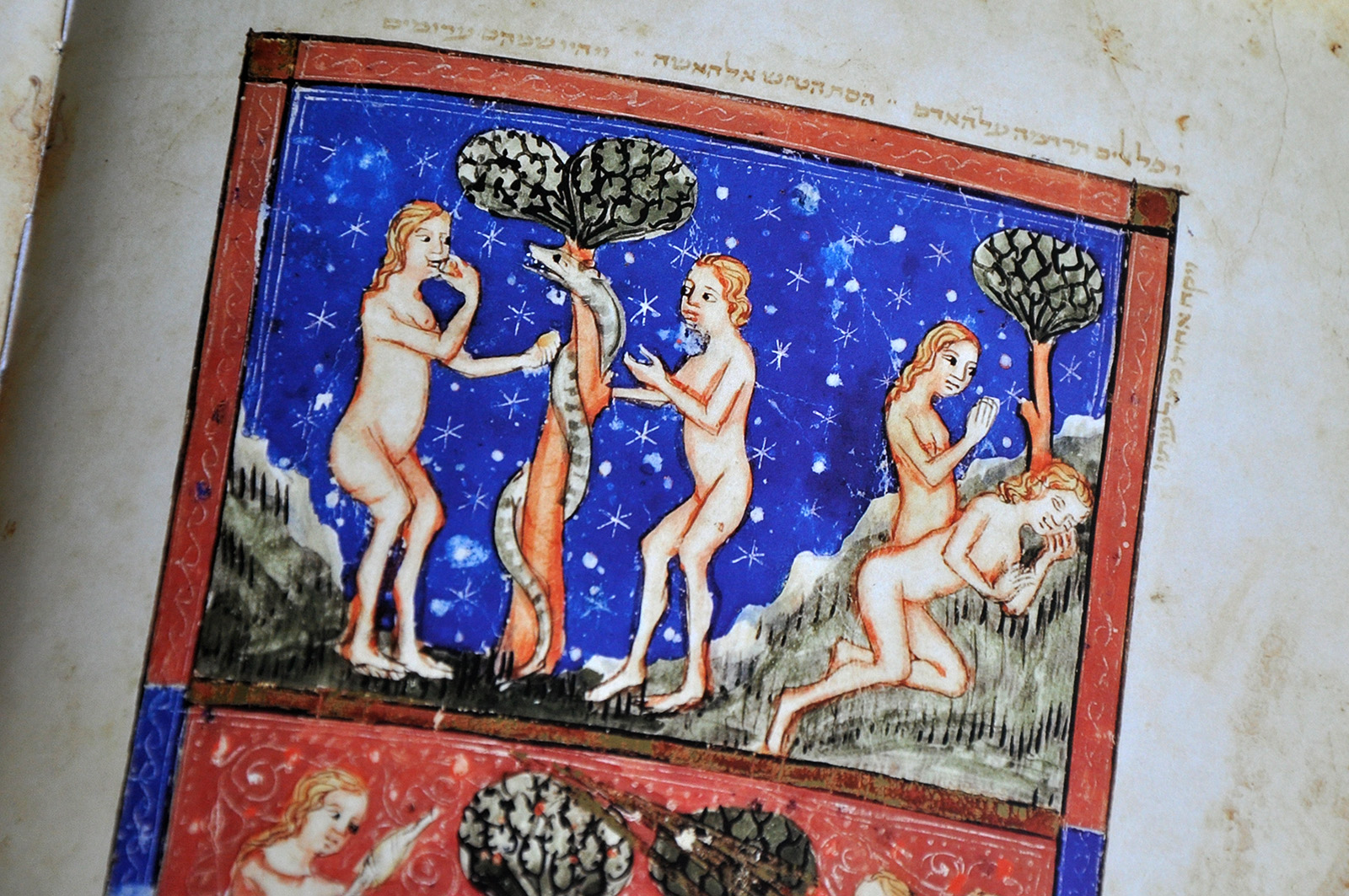
The Ultimate Survivor
Aside from its unique aesthetic value, the Haggadah is a symbol of the long Jewish presence in Sarajevo as an integral part of the city's multicultural heritage. The Israeli daily Haaretz published an article in July asserting that Sarajevo's Jewish community believes the city to be the safest place in Europe for Jews.
The book is also a survivor, having endured the Inquisition, two World Wars, and the destructive siege of Sarajevo in the early 1990s. The Haggadah's most recent challenge was the defunding of the National Museum, which forced the institution to close its doors in October 2012.
In June 2012, reproductions of some of the most beautiful illustrations from the Sarajevo Haggadah were on display in Prague's Jerusalem Synagogue.
It's often said that where logical reasoning ends, Bosnia begins. In other words, much that happens here does not have a rational explanation.
The leader of the Bosnian Jewish community, Jakob Finci, speaking at the opening of the Prague exhibition, tried to explain why the National Museum in Sarajevo was under threat.
"It's often said that where logical reasoning ends, Bosnia begins," Finci said. "In other words, much that happens here does not have a rational explanation. Of course, we are all prone to believe conspiracy theories. But in this case I don't think any kind of conspiracy is necessary to explain why such an important part of our cultural heritage is being hidden from the local public and visitors," said Finci.
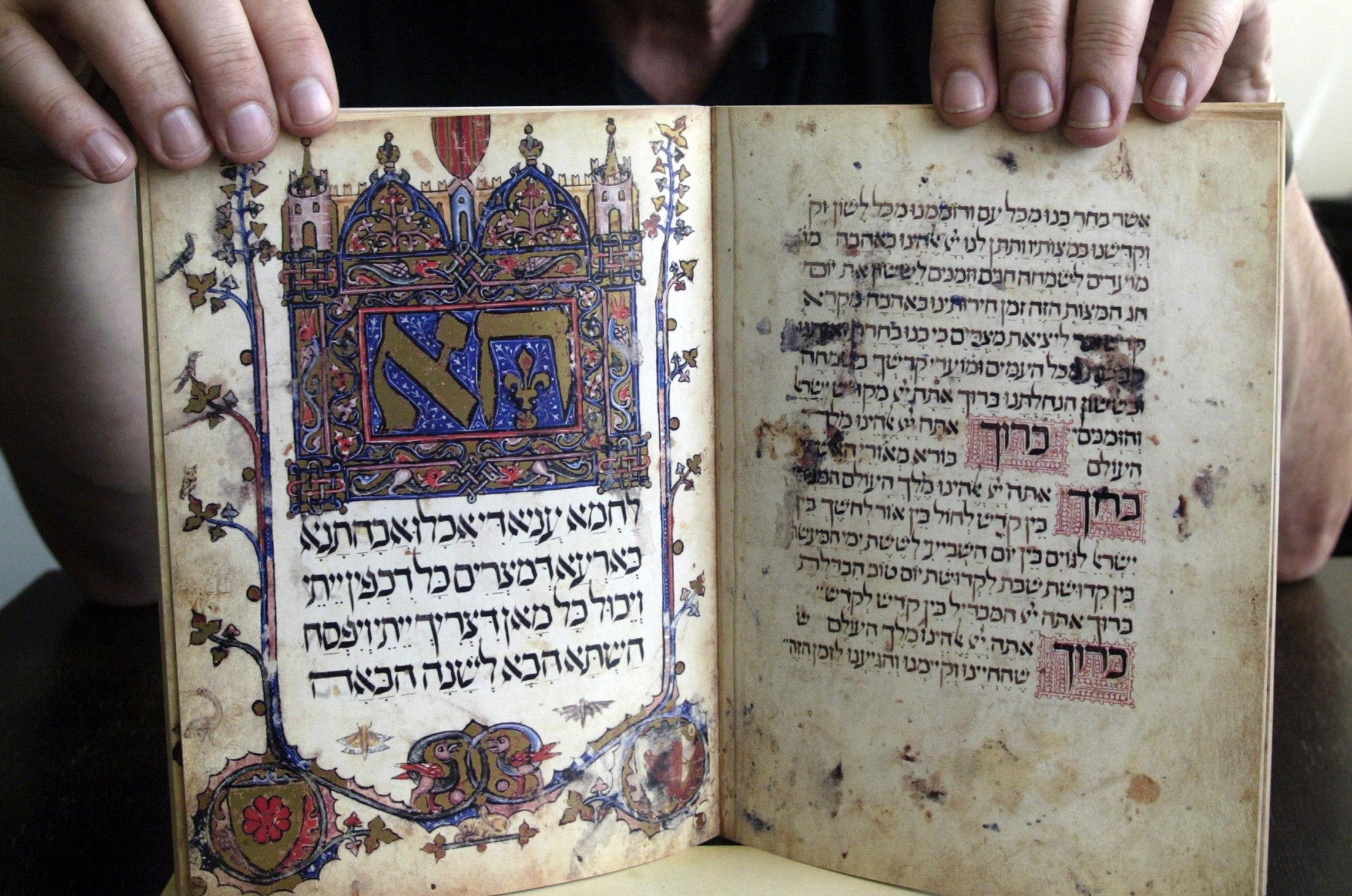
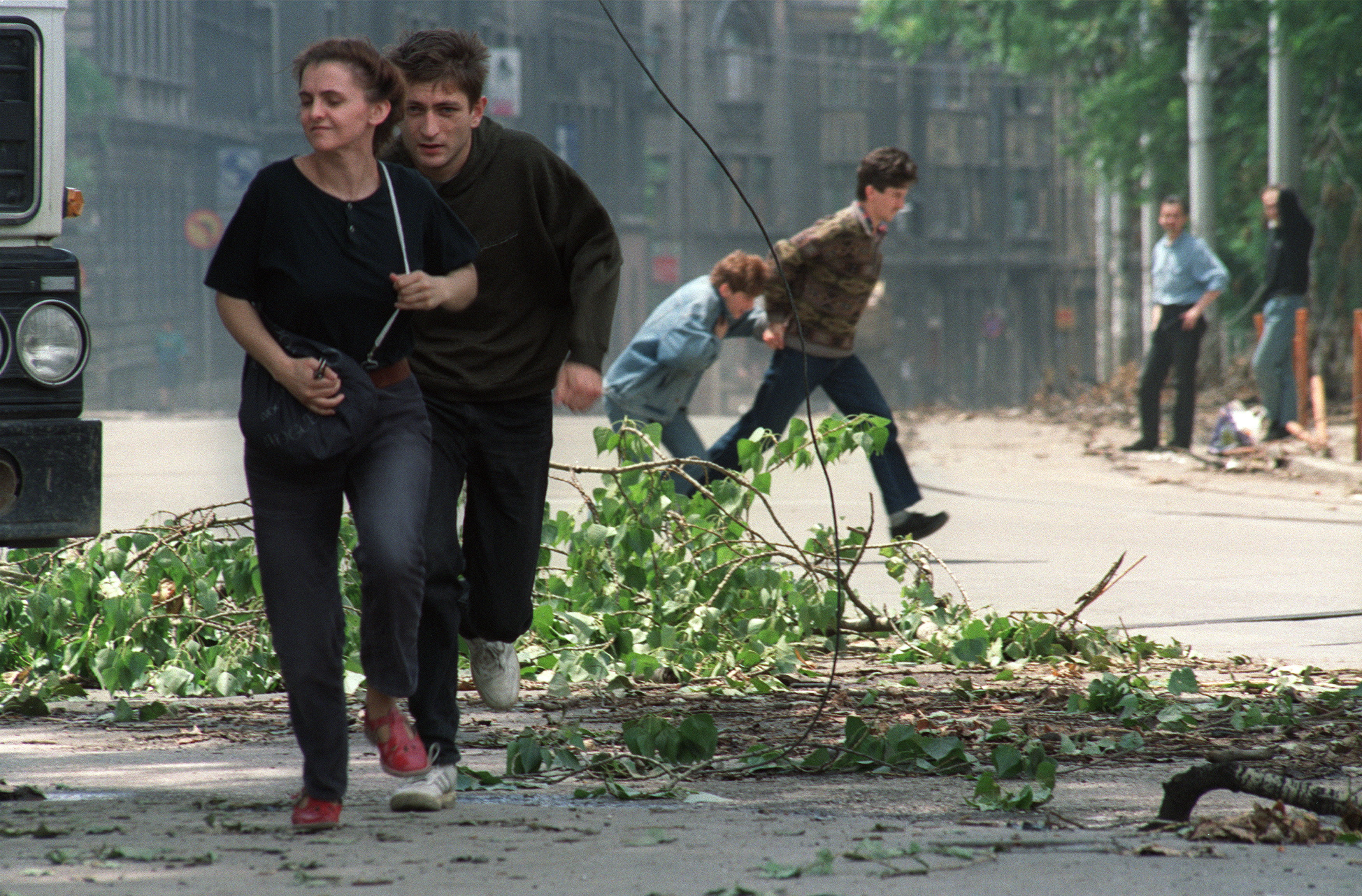
The Sarajevo Haggadah's home since 1894, Bosnia's National Museum was built under Austro-Hungarian rule and is a masterpiece by Czech architect Karel Parik. After surviving both world wars, the building was the target of shelling during the siege of Sarajevo (1992-95) and received a number of direct hits.
The rear courtyard of the museum also faced the so-called Sniper Alley, making it one of the more dangerous locations during the war. The Haggadah was removed and kept in the vault of the National Bank until 1995, when it was returned to the museum.
The Hidden Haggadah
That moment in the life of the Sarajevo Haggadah -- when it was transferred from the National Bank back to the museum -- is the starting point of Geraldine Brooks' acclaimed work of fiction, The People Of The Book (2008), which was inspired by the Haggadah’s real-life peregrinations and brushes with destruction.
At the beginning of the Nazi occupation of Sarajevo during World War II, a German officer showed up at the museum on a mission to seize the Haggadah.
Dervis Korkut, the curator of books and manuscripts at the Sarajevo Museum, told the Nazi officer that the Haggadah had already been handed over to another German who had come before him. Asked for the name of the first officer, Korkut replied: "I would not dare to ask a German officer for his name."
In fact, the Haggadah was hidden for its protection, although different versions of the story exist. According to some, the Haggadah was kept in a mosque on the outskirts of Sarajevo until the end of the war, while others claim that it never left the museum and was hidden among other books.
After a protracted wrangle over funds following the museum's shutdown in 2012, the National Museum was finally reopened in September 2015. But the fact that such an important cultural institution was threatened with closure reflected the political reality of postwar Bosnia.
Sheer Human Folly
"[Institutions that celebrate] our shared heritage are no one's concern,” explained museum director Sijaric. He believes the main reasons for the museum's recent tribulations are the country's ethnic divisions -- and sheer human folly. Yet above all Sijaric blames the nationalist parties that control all aspects of life and that have no desire to preserve the material evidence of the long, peaceful coexistence of Bosnia's various peoples -- Muslims, Serbs, Croats, Jews, Roma, and others.
The Sarajevo Haggadah is one of the oldest surviving reminders of Bosnia's multiethnic history -- in a country that has not yet healed from the wounds of the 1990s war.
